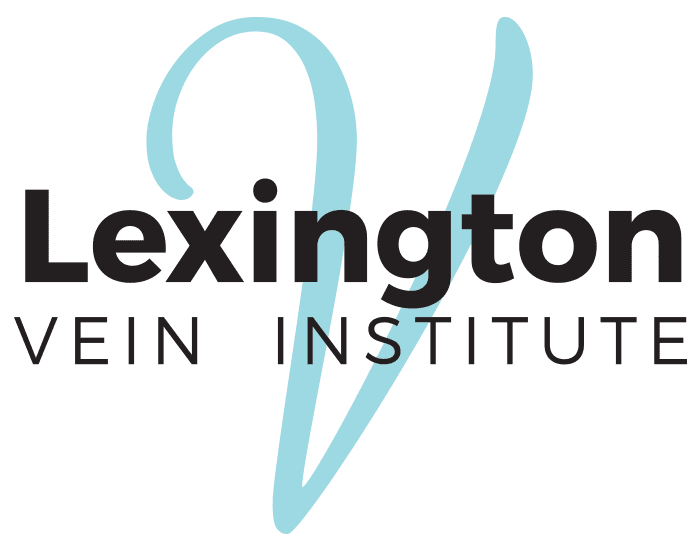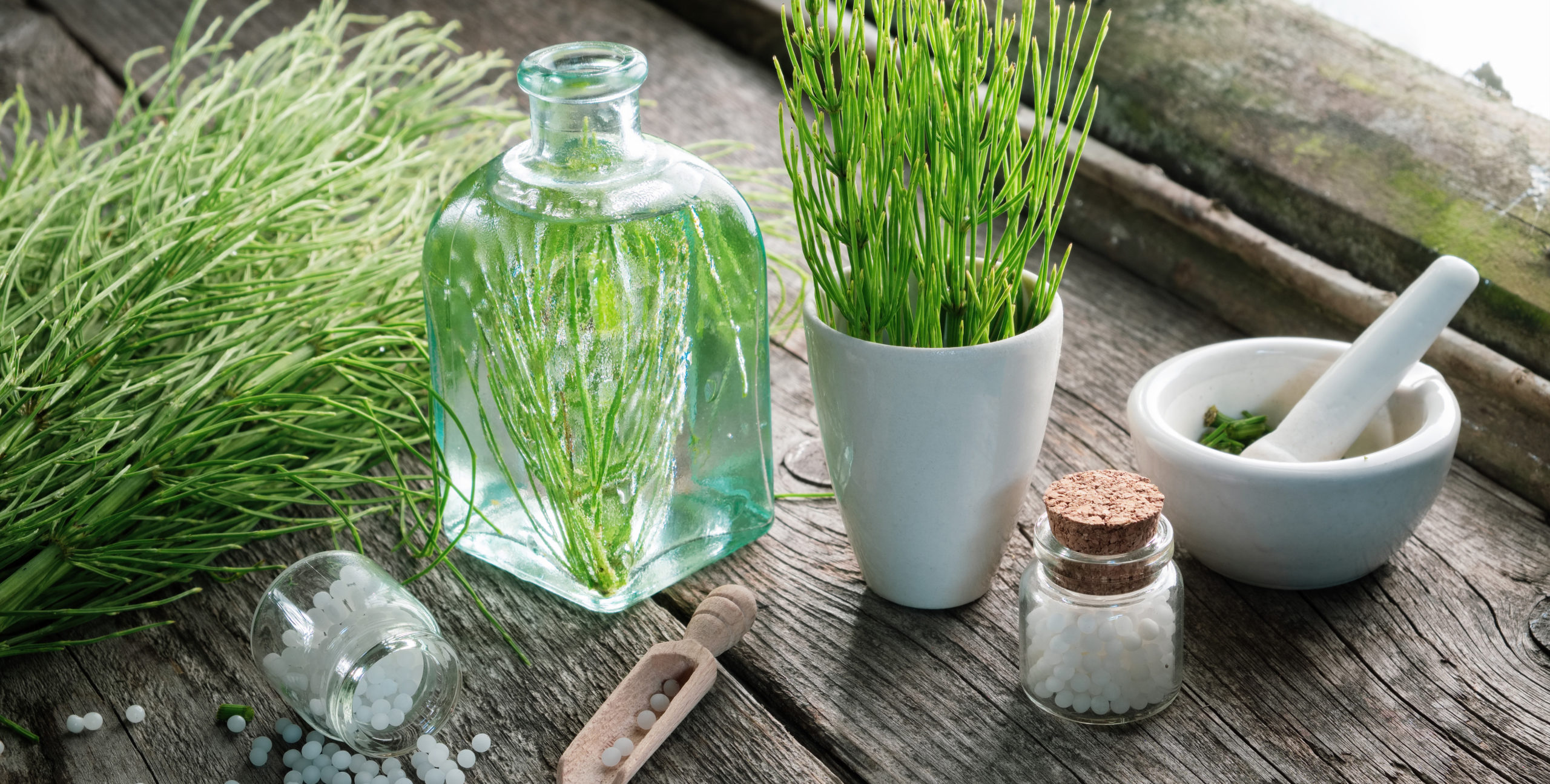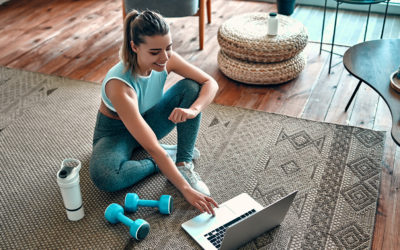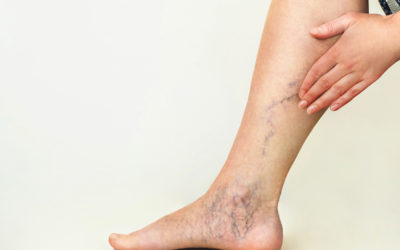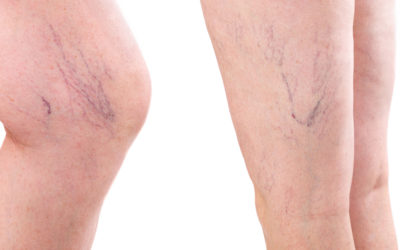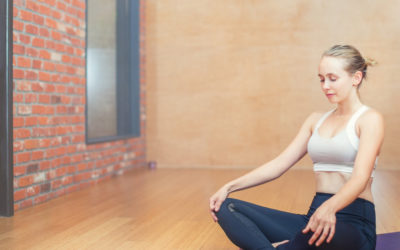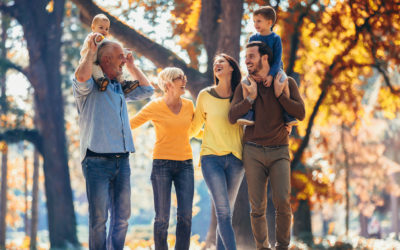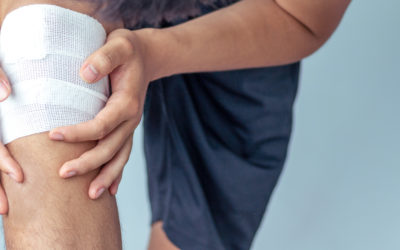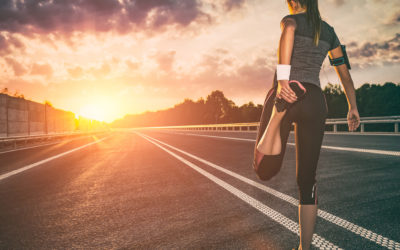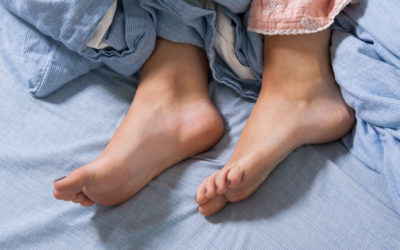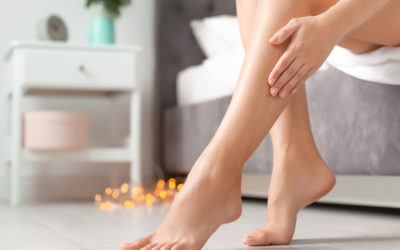Seeking an easy, “natural” way to remove spider veins? Home remedies prevent and treat varicose veins and spider veins. However, they will neither eliminate existing veins nor prevent new ones from forming.
Many patients are eager to try home remedies to remove the web-like patterns from their faces or legs and relieve associated pain in a holistic way.
Nonetheless, a better and faster method to find relief from spider veins is consulting with a physician. None of the popular home remedies for spider veins have been revealed to reverse the problem.
What Are Some Home Remedies For Spider Veins?
Apple Cider Vinegar
Some people believe that apple cider vinegar is a cure-all. Once it’s applied to the affected area, apple cider vinegar promotes its properties to improve blood flow. While improving blood flow is important for dealing with spider veins. However, apple cider vinegar has never ever been proven to either protect against or treat this venous disease. In fact, apple cider vinegar is extremely acidic. Therefore, applying it unmixed might create skin inflammation, burning, and redness. We do not recommend using apple cider vinegar on the skin.
Cayenne Pepper
Advocates of cayenne pepper believe that drinking a teaspoon of the cayenne pepper mixed with hot water can help to relieve leg pain and boost circulation. However, this is based on an outdated belief in spicy substances’ ability to enhance blood flow. In reality, consuming too much cayenne could cause irritation and ulcers.
Witch Hazel
Witch hazel is an astringent that can cleanse the skin, soothe inflammation, and temporarily shrink your pores. It is a common home remedy in facial skincare. It’s true that the cool liquid might bring a short-lived relief. However, it is not an effective solution for shrinking spider veins, as it does not have an effect beneath the top layers of skin. In fact, the tannins in witch hazel can make the skin more sensitive over time, possibly increasing irritation and dryness.
Crushed Garlic
Garlic is known that it has properties that can improve health in some cases. However, the research has been misinterpreted in the case of reducing symptoms of spider veins. While garlic has a lot of health benefits, there is no scientific evidence to suggest that its compounds could biochemically change the appearance of your veins.
Essential Oils
Essential oils have been a top natural home remedy for a substantial variety of conditions for a long period of time. Many essential oils, include horse chestnut oil, sea pine extract and also butcher’s broom extract, have been put forth by natural home remedy advocates as able to lower the itching and also pain associated with spider veins.
While these oils might have a temporarily comforting topical result when massaged into the leg, they are not confirmed to decrease the appearance of spider veins. If you do utilize essential oils on your skin, make sure to very first incorporate the drops right into coconut oil or various other carrier oils to avoid skin irritation. The scent might be enjoyable, but don’t anticipate to see an enhancement with the veins themselves.
Spider Vein Prevention & Treatment At-Home
Self-care is one of the most successful ways of spider veins treatment options. Here at Lexington Vein Institute, Dr. Fadi Bacha recommends wearing compression support stockings on a regular basis to help support healthy blood flow in the legs. Wearing compression stockings or socks places pressure on the veins in the lower legs. This pressure can help improve blood flow and prevent further vein complications. In addition to stockings, losing weight, physical activity, avoiding repetitive trauma and eliminating smoking and alcohol can play a great roll in treating the problem.
The Real Cure to Spider Veins
Lexington Vein Institute located in Lexington, KY, offers a number of treatments that have been proven to be effective for many satisfied patients. The typical treatment for spider veins is sclerotherapy, which is a minimally invasive procedure that treats varicose veins, reticular veins, and spider veins. It involves injecting chemicals, known as sclerosing agents, into damaged veins. In addition to diminishing the appearance of varicose or spider veins. Sclerotherapy can also reduce pain or side effects caused by damaged veins.
For more severe venous conditions, Lexington Vein Institute offers Endovenous Laser Ablation Therapy (EVLT), which is a minimally invasive procedure that uses catheters, lasers, and ultrasound for varicose veins treatments. Dr. Bacha performs this procedure most often on veins that are still relatively straight and untwisted.
The bottom line, spider veins will not disappear on their own. This is why it is crucial to treat them immediately to prevent them from getting worse. It’s especially important to talk to a specialist if you have any related pain or swelling, which may indicate underlying diseases. Contact Lexington Vein Institute today to discuss your treatment options.
